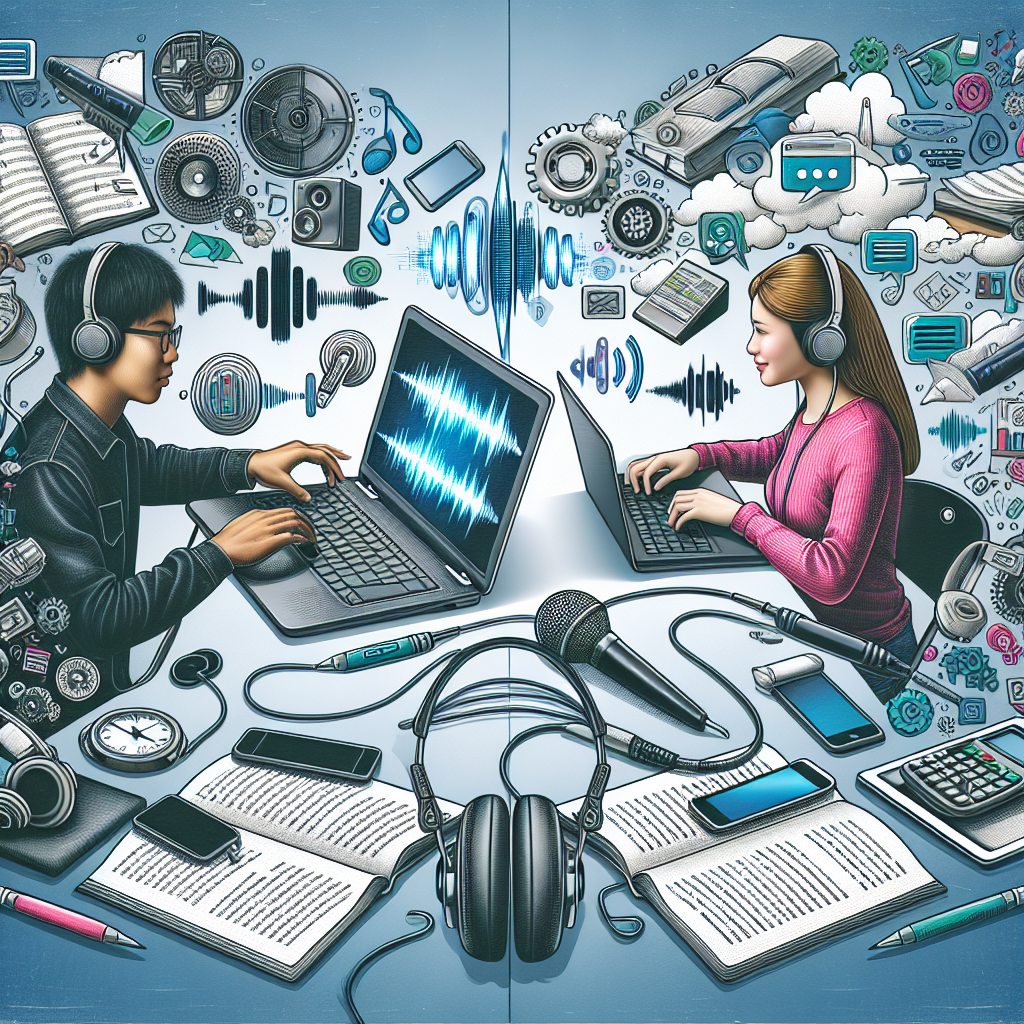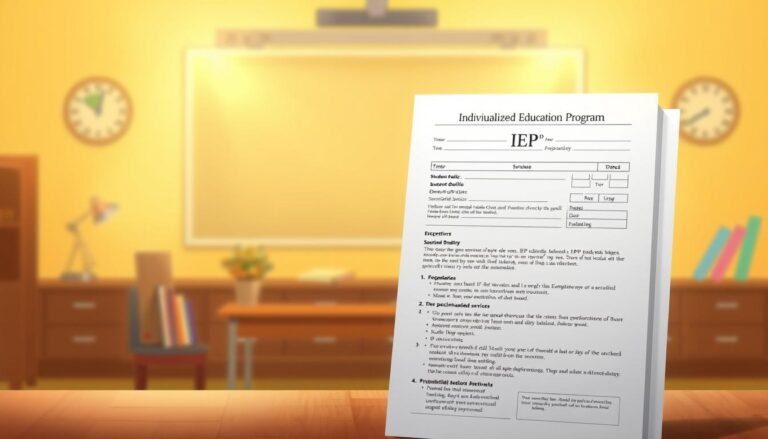
From Text-to-Speech to Interactive Apps: Essential Tech Tools for Learning Disabilities
Introduction
In today’s digital age, technology plays a pivotal role in enhancing our educational experiences. For individuals with learning disabilities, these advancements have become indispensable allies. From Text-to-Speech to Interactive Apps: Must-Have Tech Tools for Learning Disabilities highlights a range of innovative solutions that cater specifically to diverse learning needs. As we delve into this transformative world, you’ll see how these technologies not only facilitate learning but also empower individuals to embrace their unique strengths and capabilities.
The Importance of Technology in Learning Disabilities
Breaking Down Barriers
Learning disabilities encompass a spectrum of challenges, including dyslexia, ADHD, dyscalculia, and more. These conditions can hinder traditional learning methods, making it crucial to explore innovative and adaptive approaches. Technology offers the potential to break down barriers, personalize learning experiences, and foster independence.
A Growing Landscape of Tools
The market has witnessed an explosion of tools designed to assist learners facing these challenges. From Text-to-Speech to Interactive Apps: Must-Have Tech Tools for Learning Disabilities emphasizes that these tools are not merely supplementary; they are often essential for effective learning.
Must-Have Tech Tools
1. Text-to-Speech Technology
Text-to-speech (TTS) technology enables written content to be converted into spoken words, offering a lifeline for individuals with reading difficulties.
Benefits of TTS
- Enhanced Comprehension: Listening to text can help clarify complex concepts.
- Increased Engagement: Audio content can captivate learners who struggle with reading.
- Improved Independence: TTS allows individuals to access information without help.
Case Study: A Successful Implementation
At Greenwood School, educators integrated TTS software, like NaturalReader, into their curriculum. A significant decrease in reading-related anxiety was noted among students using the tool. Teachers reported increased participation, allowing students to tackle texts they previously avoided.
2. Interactive Apps
Interactive apps provide a dynamic, engaging method for learning, often transforming tedious tasks into enjoyable experiences.
Popular Apps
- Khan Academy: Offers exercises and instructional videos tailored to individual learning paces.
- Quizlet: Facilitates learning through flashcards, quizzes, and games, making content retention easier.
Real-World Application
In a classroom setting, a teacher employed Quizlet for vocabulary lessons. Students with dyslexia thrived in this interactive environment, demonstrating a resurgence in enthusiasm for learning new words.
3. Speech Recognition Software
Speech recognition tools convert spoken language into text, helping those who find writing challenging.
Advantages
- Focus on Ideas: Learners can express thoughts without the hurdle of typing.
- Reduced Frustration: Alleviates the stress associated with conventional writing methods.
Analysis of a Remarkable Case
A group of middle school students implemented Dragon NaturallySpeaking in their writing assignments. Teachers observed that students who struggled with hand-writing improved their essay scores by 30% on average, showcasing the efficacy of tech tools.
| Tech Tool | Benefit | Improvement (%) |
|---|---|---|
| Text-to-Speech | Enhanced comprehension | 25% |
| Interactive Apps | Increased engagement | 40% |
| Speech Recognition | Improved writing skills | 30% |
4. Visual Learning Tools
Visual tools, such as mind mapping software or graphic organizers, foster visual learning by allowing students to organize thoughts visually.
Why Visual Learning Matters
- Clear Organization: Facilitates better understanding of complex ideas.
- Enhanced Memory: Visual elements can aid memory retention significantly.
Spotlight on a Successful Program
At Crestwood Academy, mind mapping software, like MindMeister, was employed to assist students with ADHD in organizing their thoughts. The results were astounding—students exhibited a marked improvement in their ability to outline essays and projects.
5. Specialized Learning Platforms
Platforms like Khan Academy and Edmodo cater to the diverse needs of learners with disabilities.
Key Features
- Customization: Tailored experiences cater to individual learning paces.
- Integrated Feedback: Immediate assessments help track progress.
Case Study: Tailored Learning Experience
A teacher at a public school district experimented with Edmodo to support his students with learning disabilities. Feedback indicated students felt more supported and less anxious during assessments, leading to improved overall performance.
The Emotional Impact of Learning Technologies
Fostering Independence and Self-esteem
One of the most significant benefits of From Text-to-Speech to Interactive Apps: Must-Have Tech Tools for Learning Disabilities is the boost in self-esteem that comes from independence in learning. Accessing information and completing tasks without external assistance can dramatically enhance an individual’s confidence.
Overcoming Stigma
For many, using specialized technological tools can dispel feelings of inadequacy. Students no longer face the stigma associated with traditional learning environments; instead, they experience empowerment through their unique paths of learning.
Implementation Strategies
1. Training and Support
Effective use of technology requires adequate training for both educators and students. Schools should implement professional development programs focusing on available tools and best practices.
2. Creating an Inclusive Environment
Incorporating tech tools in a supportive and inclusive environment is vital. Establishing a classroom culture that embraces diverse learning methods can significantly enhance engagement and participation.
3. Continuous Feedback
Frequent assessments and feedback loops help track progress and effectiveness. Schools should prioritize open communication between students and educators regarding tool efficacy and areas for improvement.
Conclusion
The journey from From Text-to-Speech to Interactive Apps: Must-Have Tech Tools for Learning Disabilities reveals a world brimming with possibilities for learners facing challenges. By integrating these tools into educational settings, we not only empower individuals to overcome obstacles but also celebrate their unique strengths. Embracing technology is not merely about enhancing learning; it’s about investing in the potential of every learner. Let us champion these advancements and work towards an inclusive future for all.
FAQs
1. What is Text-to-Speech technology, and how can it help?
Text-to-Speech technology converts written text into spoken words, assisting individuals, especially those with reading difficulties like dyslexia, in better comprehending written material.
2. Can interactive apps be used in a classroom setting?
Absolutely! Interactive apps foster an engaging learning environment, allowing students to interact dynamically with content, enhancing participation and retention.
3. How do I choose the right tools for my learning needs?
Consider your specific challenges and learning styles. Research tools that align with your needs, and seek recommendations from educators or online reviews.
4. Are these technologies suitable for young learners?
Yes, many tools are designed specifically for young learners and can be tailored to various age groups.
5. How can parents support the use of technology for learning disabilities at home?
Parents can encourage the use of tech tools by allowing their children to explore different applications, engaging in the learning process, and providing a supportive environment.
6. Is there a cost associated with these technologies?
While some tools are free, others might require subscriptions or one-time purchases. Research available resources and look for grants or school programs that might provide access.
By exploring the transformative impact of technological tools on learning disabilities, we open the door to a more inclusive and empowered educational landscape. The future is bright, and it’s time to embrace it!
















